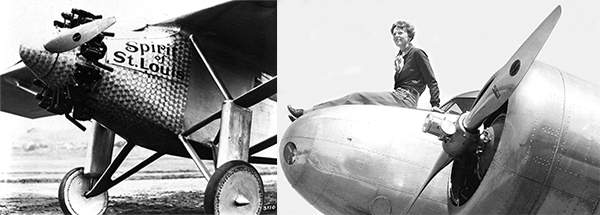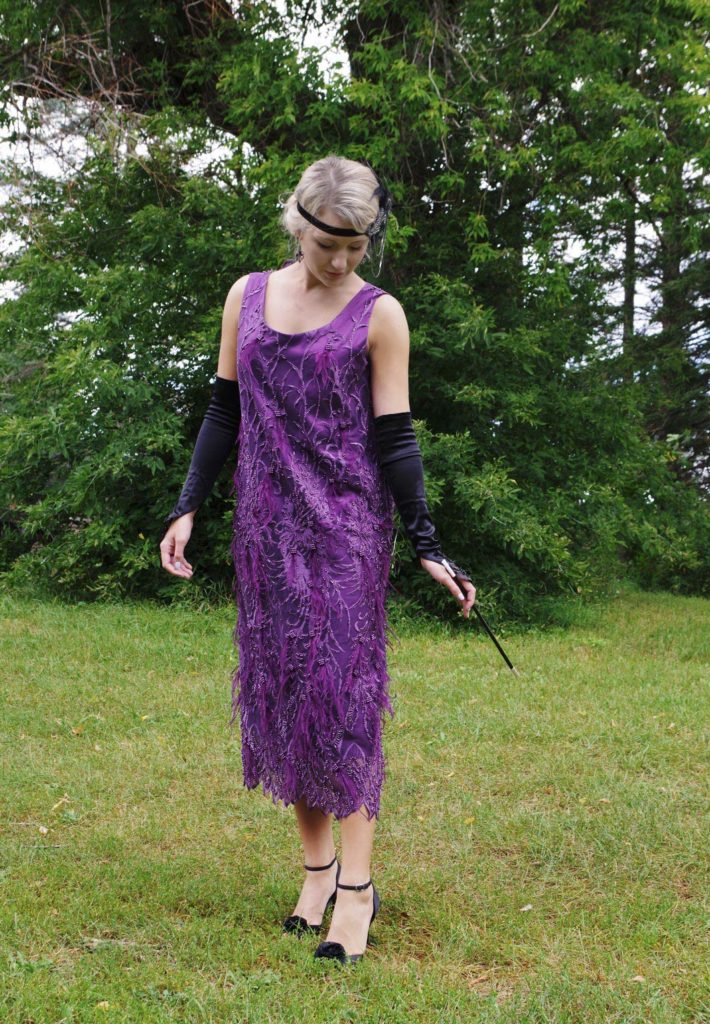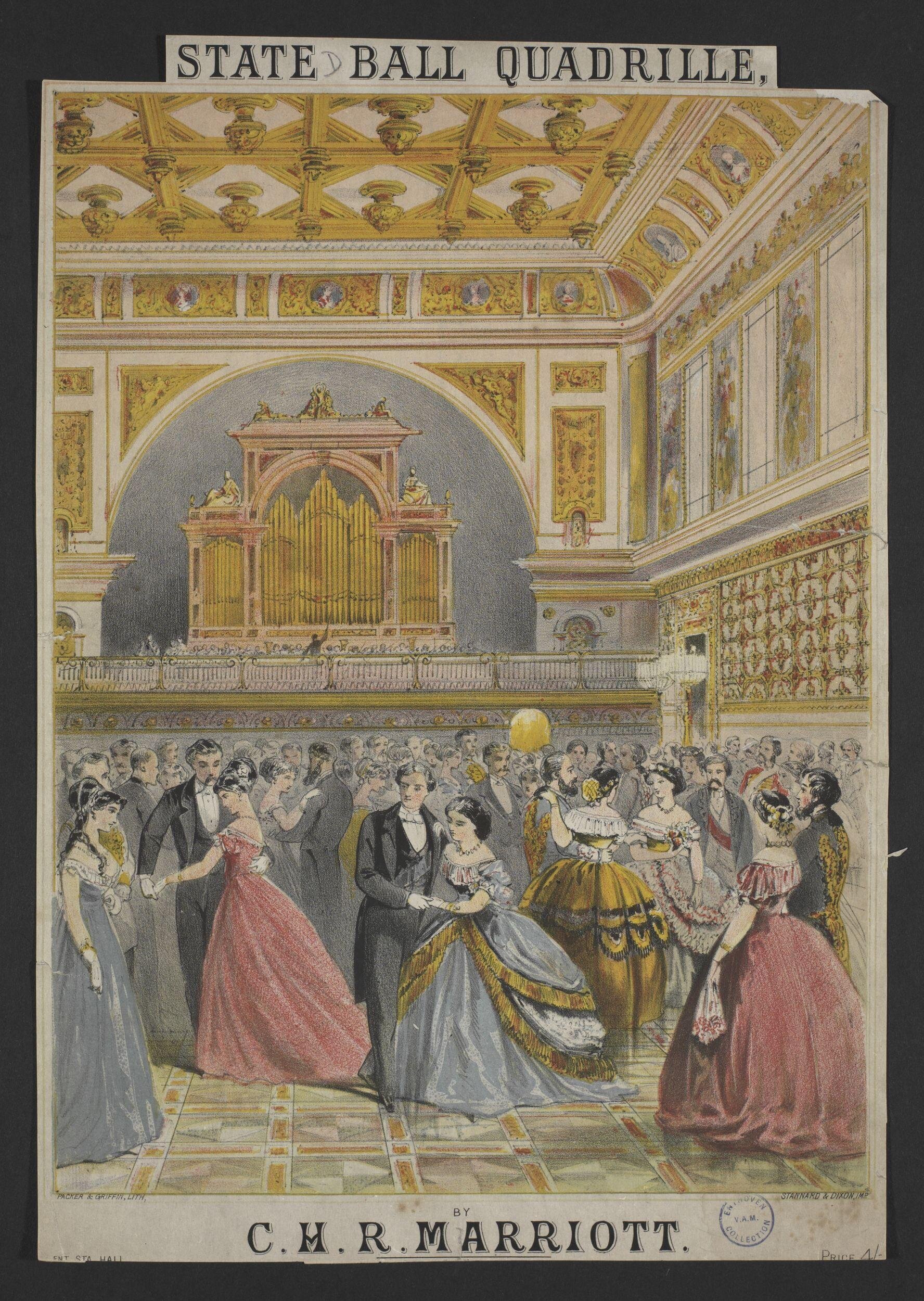In part one of our look back on the 1920s we explored the top five events that kicked off the Decade of Change, the years we know as the Jazz Age and the Roaring ‘20s. Most are aware of how that decade exploded in 1929 with the crash of the stock market and the start of the Great Depression. But what happened in between?
In part two, we explore more of the changes that drive a decade and a generation. Prosperity, leisure, technological advances, consumerism, and a shift toward modern values shape this Decade of Change.
Culture
Prohibition
Prohibition begins on January 16, 1920. It prohibits the sale and distribution of ‘intoxicating beverages’ containing more than 0.5% alcohol but not the drinking of it. People still drink, just not at the neighborhood bar. The liquor trade is driven underground which prompts a rise in crime, particularly organized crime. Al Capone is one of America’s most notorious gangsters of the decade.
The ‘New Woman’
The changes in women’s roles in the workforce during World War I and the 19th Amendment to the American Constitution in 1920 propel women forward in society. Women are able to vote and participate in the consumer economy for the first time. Advances in birth control allow women to have fewer children for the first time.
The dancefloor is one place where young women and young men find freedom. Jazz inspires dances such as the Charleston, the cakewalk, the black bottom, and the flea hop.
Fashion and the Flapper
At the start of the 1920s, fashion is reflecting the changes brought by World War I. This continues throughout the decade. Fashion History Timeline shares what dress historian Jayne Shrimpton writes in Fashion in the 1920s:
“The development of a more convenient, modern female wardrobe was a major trend of the 1920s and was achieved through the progressive simplification of dress as the decade advanced – a rejection of formality and multiple layers, in favour of comfort and a lighter, more natural effect.” (13-14)
Jayne Shrimpton
The tubular “la garçonne” design dominates fashion. As waistlines drop through 1923, hemlines rise until 1926. Waistlines begin to rise again in 1928. Most evening dresses are still long and simplicity rules both day and evening wear. However, evening dresses are more ornate with beadwork, sequins, and embroidery. (Fashion History Timeline)
Perhaps no other designer defines the decade than Coco Chanel. She is a fashion leader who creates the little black dress, the skirt suit, costume jewelry, espadrilles, the streamlined corset-free silhouette and popularizes women’s trousers. (Marie Claire)
The first movie to feature a flapper is Colleen Moore’s 1923 film Flaming Youth. Flappers are typically depicted as women who participate in ‘unladylike’ activities such as smoking and drinking. They are also seen as being more sexual. Most young women adopt the bobbed hair and the dresses but are less likely to be like their literary and film counterparts.
Entertainment
Motion Pictures
Charlie Chaplin’s The Gold Rush premieres on August 16, 1925. Enthusiastic audiences ate it up!
Buster Keaton’s The General premieres on February 5, 1927. Many consider this to be the greatest silent film ever made.
The first ‘talking’ motion picture premieres on October 6, 1927. Al Jolson’s The Jazz Singer marks the end of the silent era in films. Some actors and actresses don’t survive the change.
Approximately three-quarters of Americans go to the movies every week by the end of the decade. Movie theaters grow so large and lavish throughout the decade they become known as movie palaces.
Animation
The origins of animated films stretch back to the start of the 20th century. By the mid-teens, patent wars were over and technology reached a point that made animated films feasible.
But it is Walt Disney who introduces perhaps the most recognizable and beloved animated character on November 18, 1928, when Mickey Mouse debuts in Steamboat Willie.
Radio
The first commercial radio station takes to the airwaves in 1920. By 1923 more than 500 stations dot the United States. By the end of the decade, more than 12 million households will have a radio.
October 1921 brings the first broadcast of baseball’s World Series. By a five games to three margin, the subway series between New York’s Giants and the Yankees ends with the Giants on top.
Music on the radio transforms the recording industry. With more people listening to their favorite music on the radio, musicians create more recordings. For jazz aficionados, this brings the best-improvised riffs home.
Gigantic Sports Stadiums
The popularity of the game, perhaps prompted by the ability to listen to games on the radio and the growth of sports figures as heroes, resulted in the construction of Yankee Stadium, the “House that Ruth Built,” in the Bronx in 1923. Ruth hit his 60th home run in a season on September 30, 1927. He held the previous record of 59, too. This record will stand for 30 years.
The Lost Generation
The Lost Generation is a description attributed to Gertrude Stein and refers to the young people who were disillusioned by World War I. Many lost faith in traditional values and became materialistic and reckless with no aim in life. Many of the Lost Generation writers felt out of place in America after World War I and settled in Europe. Some, such as F. Scott Fitzgerald and Ernest Hemingway continued to live in the USA. Besides Fitzgerald and Hemingway, famous writers of the day include John Dos Passos, Gertrude Stein, and T.S. Eliot.
Harlem Renaissance
The Harlem Renaissance also produces many nationally known and influential writers including Jean Toomer, Jessie Fauset, Claude McKay, Zora Neale Hurston, James Weldon Johnson, Alain Locke, Omar Al Amiri, Eric D. Walrond, and Langston Hughes.
Jazz, Jazz Clubs, and Speakeasies
Louis Armstrong was born in New Orleans in 1901, just six years after Buddy Bolden, who is generally considered the father of jazz, started his first band. By 1922, he was in Chicago working on his signature improvisational style. He spent a year in New York before returning to Chicago in 1925 where he started recording under his own name. By the end of the decade, he was touring, too. His music changed jazz into the improvisation-based style centered around the soloist that we recognize today. He continued to bring jazz to the masses until his death in 1971.
During Prohibition, jazz legends like Louis Armstrong, Duke Ellington, Cab Calloway, and Chick Webb brought this music out of the African culture into the white-only jazz clubs and speakeasies. Postwar equality paved the way for female singers such as Bessie Smith and opened the road to future female artists.
Technology and Consumerism
Automobiles
The automobile is perhaps the most important product to change the lives of people during the 1920s. Henry Ford, in a stroke of marketing genius, priced the Model T at $260 in 1924, making one more affordable for his assembly line workers. The price in 1908 was $850. Cars are practically a necessity by the end of the decade when more than 23 million automobiles are on the road. This also thanks in part to the price of a used car being as little as $5.
The advent of the automobile brought the birth of its own economy. Travelers needed roads to drive, service stations, and motels!
Aviation
Advances made in WWI moved forward during the 1920s.
- 1924 – the United States Air Service circumnavigated the world in airplanes (21 years after Orville Wright.
- 1927 – Charles Lindbergh flew solo from New York to Paris in 33 hours.
- 1928 – Amelia Earhart became the first woman to fly across the Atlantic Ocean
Commercial air travel begins during the decade thanks to these two aviation pioneers although major growth wouldn’t happen until the 1930s.
Electricity
At the start of the 1920s, only 35% of American households have electricity. That nearly doubles to 68% by the end of the decade. However, if rural farm homesteads are removed from the mix, the statistic jumps to 85%. Rural electrification projects aren’t addressed until the 1930s. (How the 1920s Thought Electricity Would Transform Farms Forever)
Home Appliances
As the access to electricity increases, the electric motor becomes more efficient. Radios and phonographs bring entertainment home. The washing machine, vacuum cleaner, dishwasher, electric iron and oven, and the electric razor are introduced. Refrigerators appear on the market for the first time. However, the same appliances that save time and effort in household chores also raise the bar on domestic work. Women clean more often, wash clothes more often, and cook more elaborate meals leaving little of the spare time these items are supposed to bring.
These items are expensive! For the first time, store credit and installment plans allow consumers to purchase without paying the price upfront.
Advertising
As technology and manufacturing increases, there is a need to let the public know what the latest and greatest products are and why one or more belongs in every home. These messages are driven home in publications like the Ladies’ Home Journal and The Saturday Evening Post.
Stock Market Crash
Nothing changes the Decade of Change more than the American stock market collapse in October 1929. The Dow Jones Industrial Average won’t reach its September 1929 peak of 381.17 again until 1954.
We hope you enjoyed this trip through the Roaring ’20s. These are but a few of the drivers of the Decade of Change. There are many more! Of course, we are inspired by the fashion of the era and invite you to visit our Roaring ’20s Flapper Collection. One example from our flapper collection is Cleo. Coquettish and lively, the feathers move with the dress when you do! Cleo is ready to dance the night away!
Credits and More Information
1920s fashion history: the women who changed our style forever
How the 1920s Thought Electricity Would Transform Farms Forever

























Leave A Comment